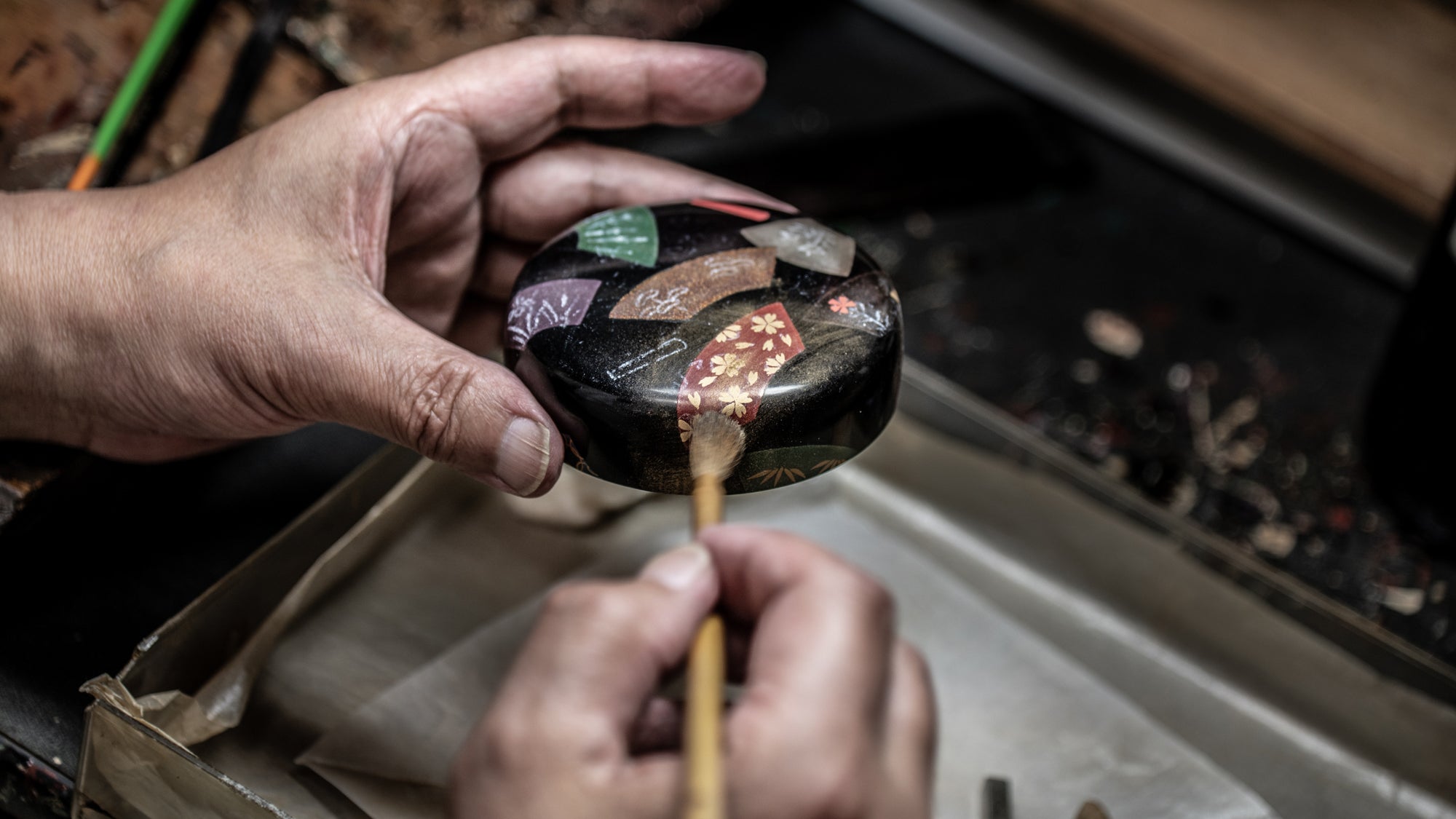
Decorative Techniques for Japanese Lacquerware
Written by Team MUSUBI
Lacquerware is a representative Japanese craft. Its smooth, moist texture and elegant luminous beauty have a unique charm all their own. There are many decorative techniques that take advantage of the characteristics of lacquer and add a further artistic element.
tables of contents
About Decorating Techniques for Lacquerware
The lacquer decoration technique has a history of more than 1,200 years, and there are many decoration methods, including those unique to each region, which have been handed down through the hands of many craftsmen. Lacquerware in black or vermilion is beautiful, but decorated lacquerware has a different flavor and an even more artistic appeal.
Lacquer is the sap extracted from the lacquer tree and has been used in many things as a glue. The adhesive effect was used to apply gold powder or to fill in shells to make it look more beautiful. Lacquer is said to be most beautiful 20 years after it is applied, and one of the main reasons why crafts using lacquer are prized is that they can be enjoyed for a long time together with their wonderful decoration.
Maki-e, aesthetics of Japanese decoration

Maki-e began in the Nara period (710-794) and developed uniquely in Japan. Maki-e is a technique in which a picture is drawn in lacquer and gold or silver powder is sprinkled on top before it dries to express the picture. It is subdivided according to the size of the powder to be sprinkled, the way the lacquered surface is raised, and whether it is polished or not. Typical examples are "Togidashi" Maki-e, "Hira" Maki-e, "Taka" Maki-e.
Since urushi lacquer has the effect of an adhesive, the powder remains beautifully on the painted area, creating a decorative effect. Once urushi lacquer dries, it does not return to its liquid state, so once a maki-e decoration is applied, the picture will not disappear except by wear and tear.
"Raden", a mother-of-pearl inlay

"Raden" is a technique in which the inside of a shell, a thinly polished piece of nacreous material with iridescent luster, is cut into various patterned shapes and inlaid into the carved surface of a lacquer or wooden base.
The adherence of the shells creates an uneven surface, which is then covered with lacquer again and polished to remove the unevenness, thus completing the process. In raden, the shells shine beautifully in blue or white depending on how the light hits them, and the thinner the shell flakes are, the better the coloring.
"Chinkin", decorated by scraping lacquer

"Chinkin" is a technique in which a pattern is carved in relief on a lacquered surface with an engraving knife, then the lacquer is applied, and gold leaf or gold powder is pressed into the carved grooves before it dries to show the pattern.
In this technique, a pattern is carved into the coated lacquerware surface with a blade, and lacquer is rubbed into the carved grooves, leaving gold or silver foil or powder, which is then applied to the surface. This technique was once used in China, Thailand, India, and other countries, but today it is most widely used in Japan. There are differences in the blades used depending on the region of origin, and there are also various engraving techniques that allow for a wide variety of expressions.
Chinkin is composed of lines and dots and has an unrestrained, massive and gorgeous atmosphere, which is the most different part from maki-e in design.



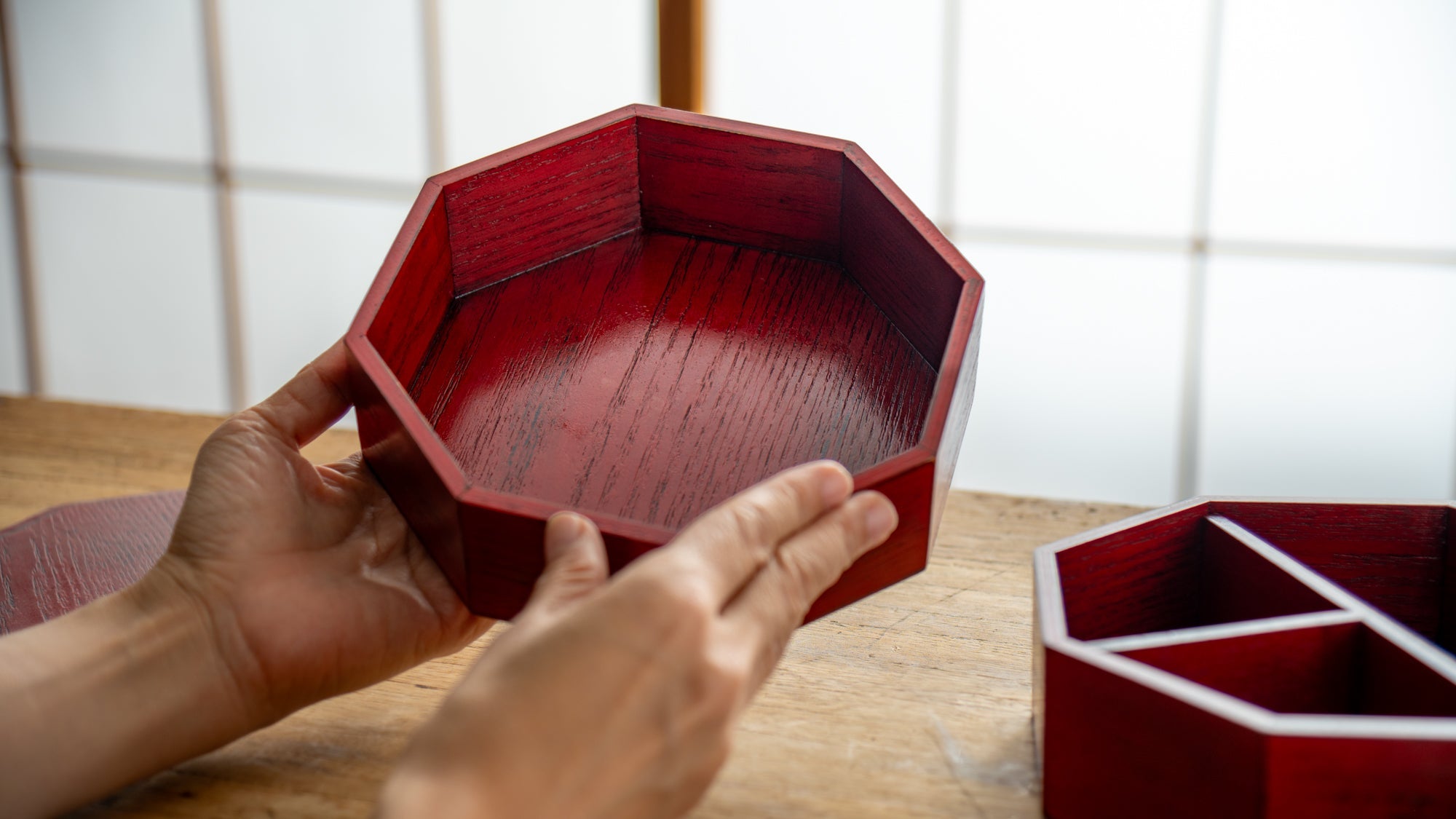

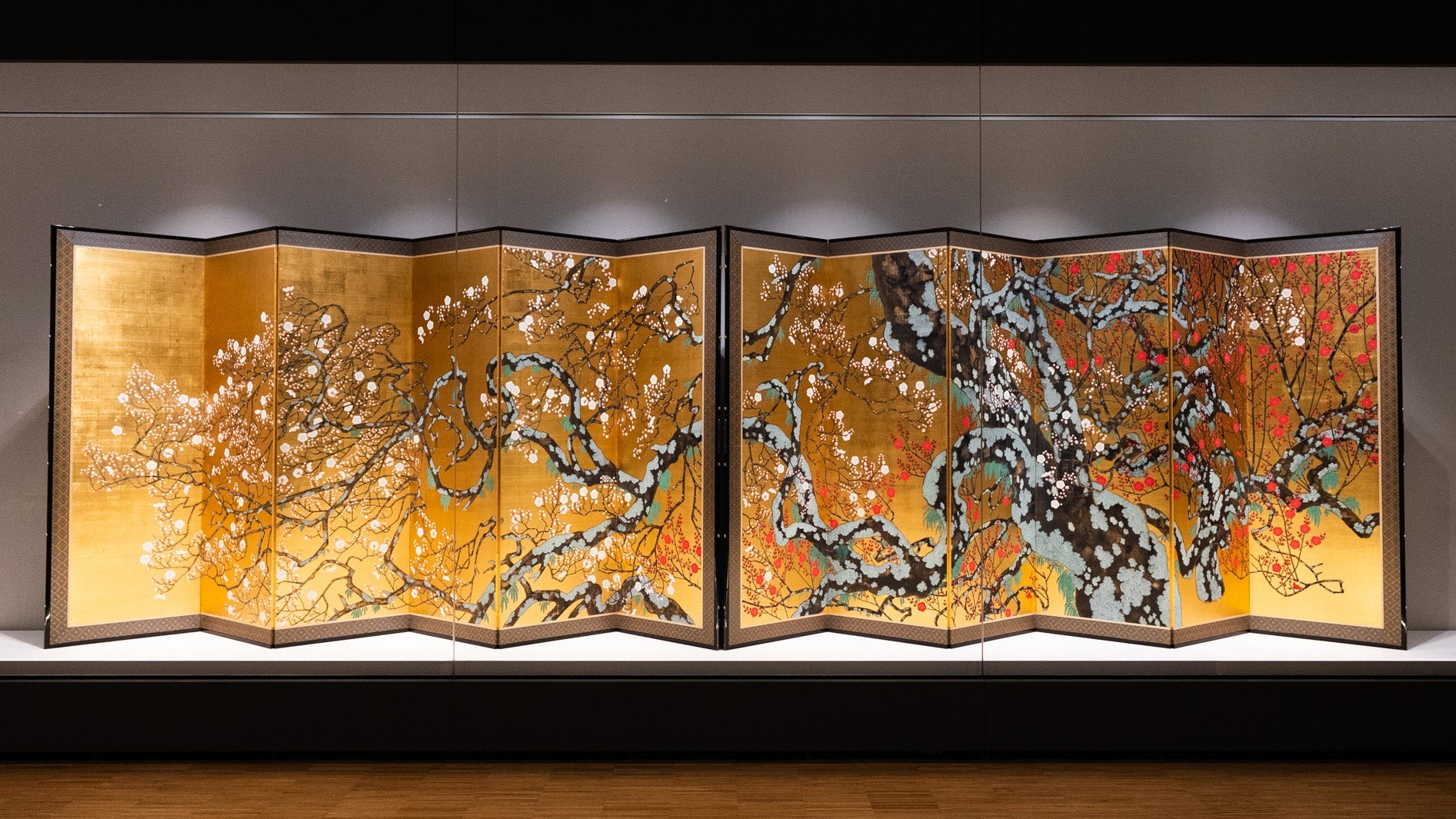
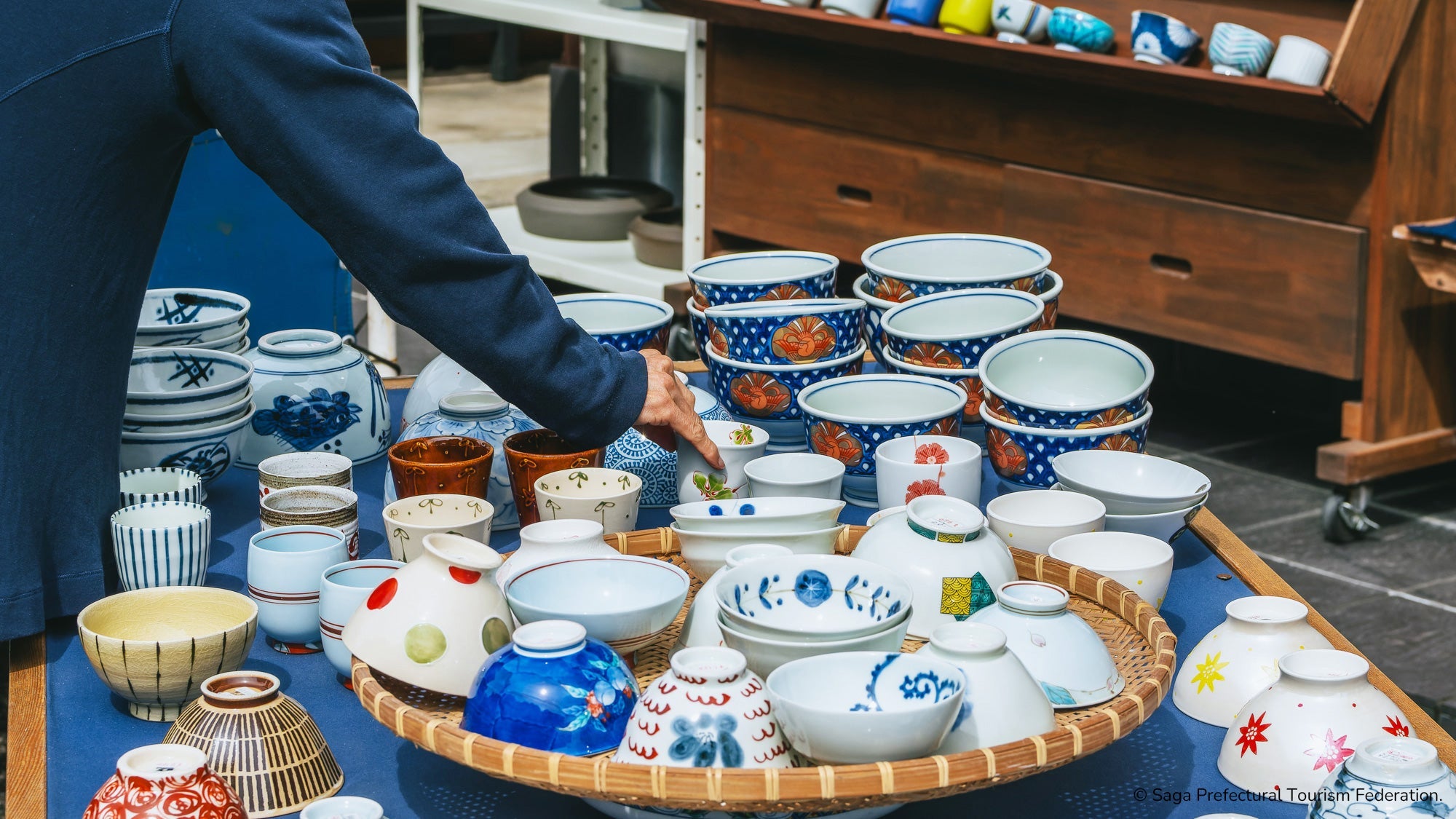
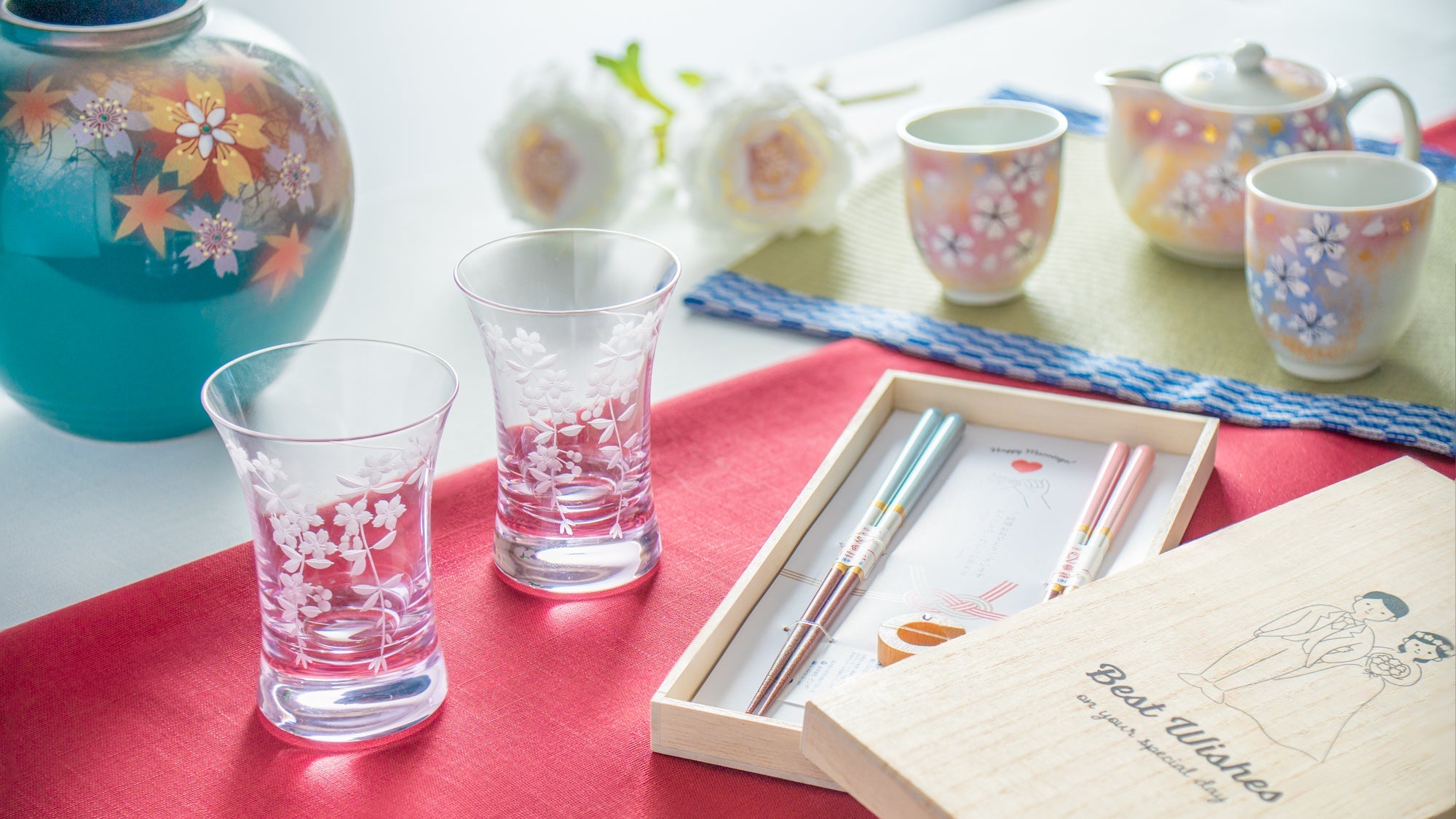
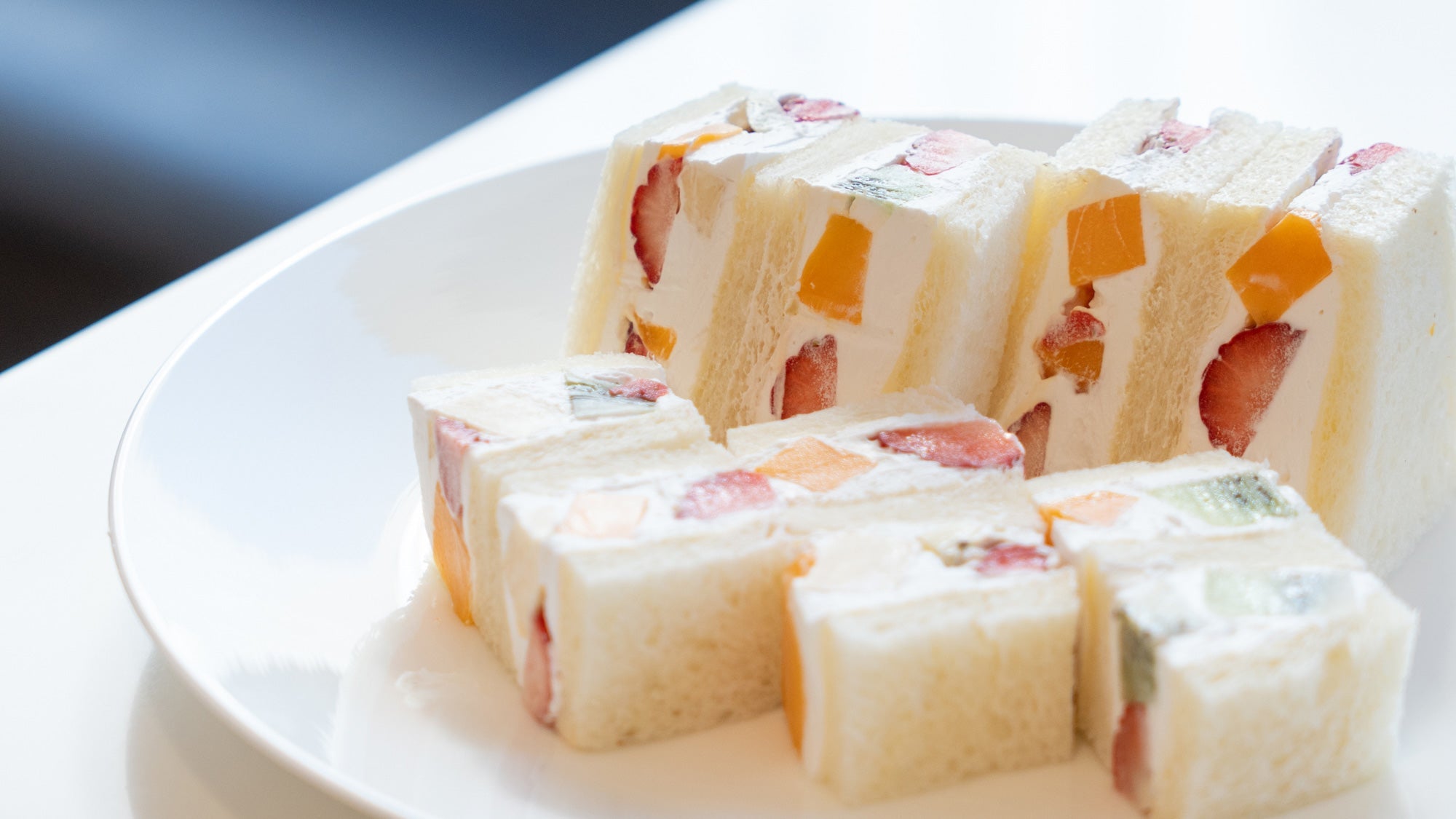

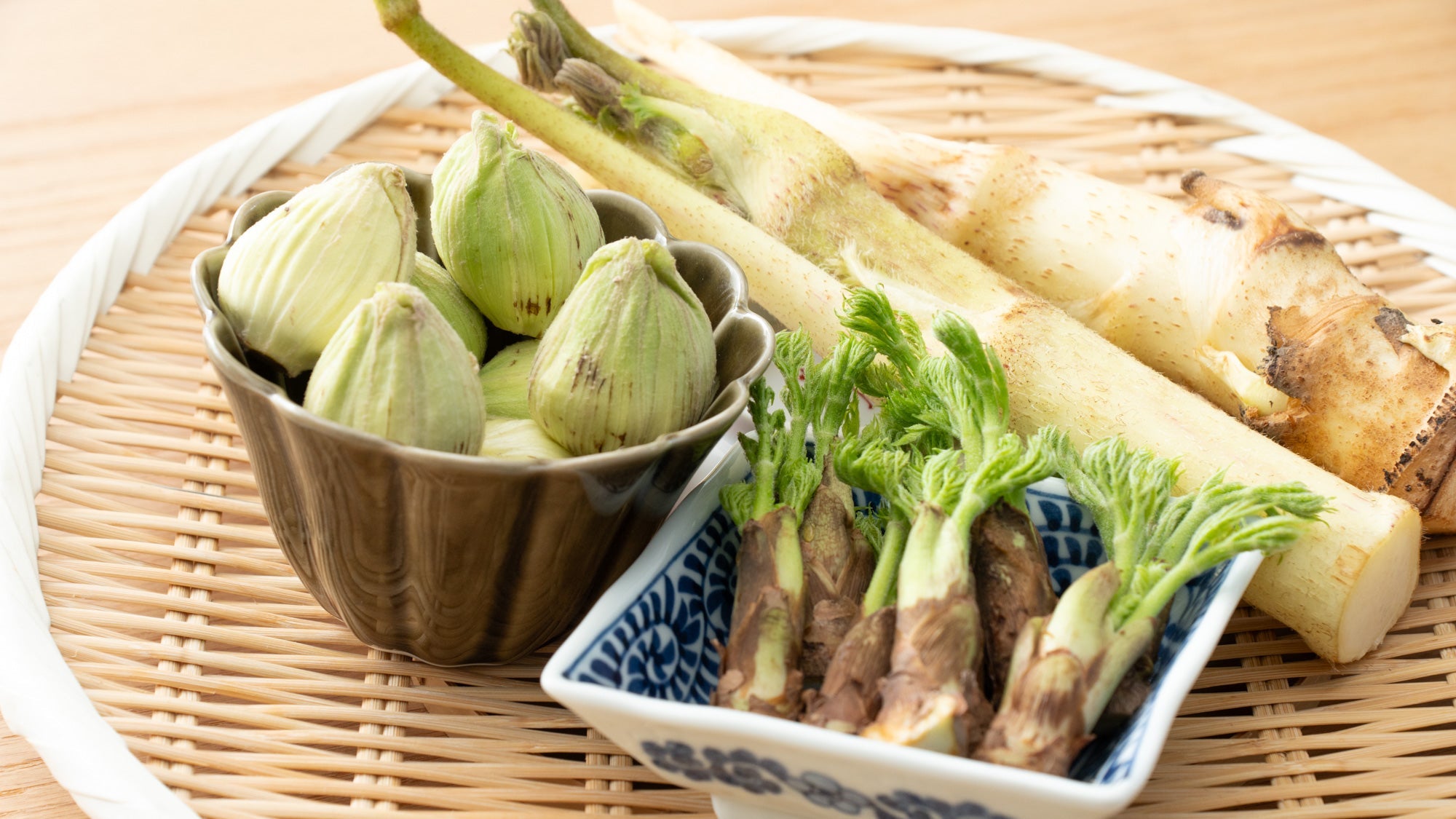
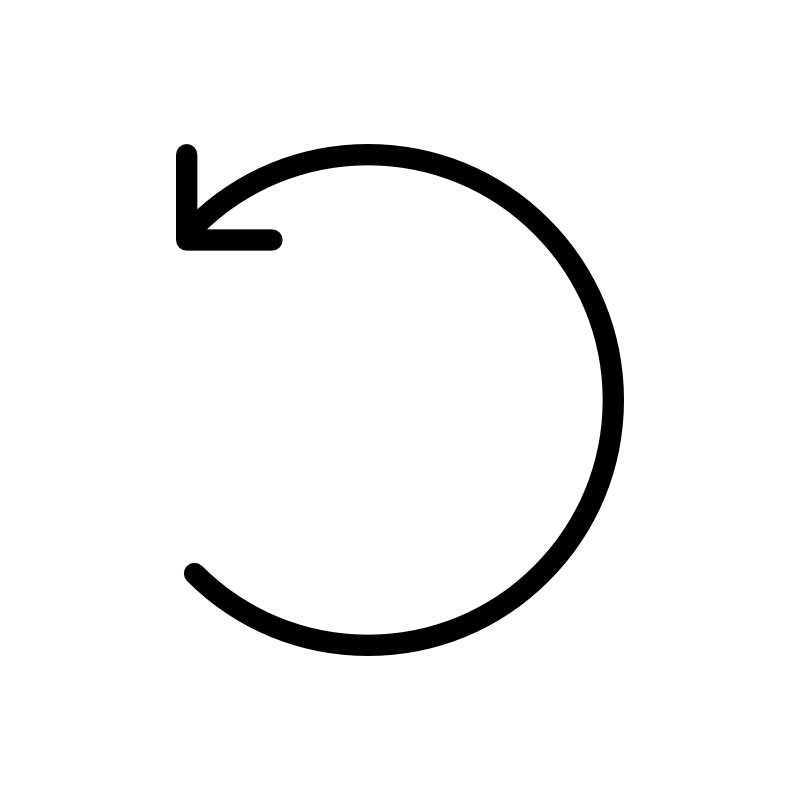
Leave a comment
This site is protected by hCaptcha and the hCaptcha Privacy Policy and Terms of Service apply.